Practice word recognition with our set of 8 Dolch Sight Word Lists.
What are Dolch Sight Words?
Dolch sight words, named after educator Dr. Edward William Dolch, are a set of high-frequency words that appear frequently in early reading materials, such as early readers and decodable books. These words are considered essential for early literacy development because they often do not follow regular phonetic rules and are difficult to decode using traditional phonics instruction alone. Dr. Dolch compiled a list of these words by analyzing children’s books and determining which words occurred most frequently.
The purpose of teaching Dolch sight words is to help students develop automatic recognition and fluency with these high-frequency words. Mastery of Dolch sight words enables students to read more smoothly, comprehend text more effectively, and build a strong foundation for further reading development. These words are often introduced in early literacy instruction and are an integral part of literacy programs in many schools.
How Many Sight Words are There?
The Dolch sight word list typically consists of about 220 words divided into various levels of difficulty. These words include common nouns, verbs, adjectives, and adverbs. Some examples of Dolch sight words include “the,” “and,” “said,” “to,” “was,” “he,” “she,” “have,” “of,” “you,” “are,” and “that.”
This download includes the following 8 Dolch Sight Word Lists:
- Dolch Sight Word List – Pre-Kinder
- Dolch Sight Word List – Kinder
- Dolch Sight Word List – Grade 1
- Dolch Sight Word List – Grade 2
- Dolch Sight Word List – Grade 3
- Dolch Sight Word List – Nouns
- High-Frequency Words
- Commonly Misspelled Words
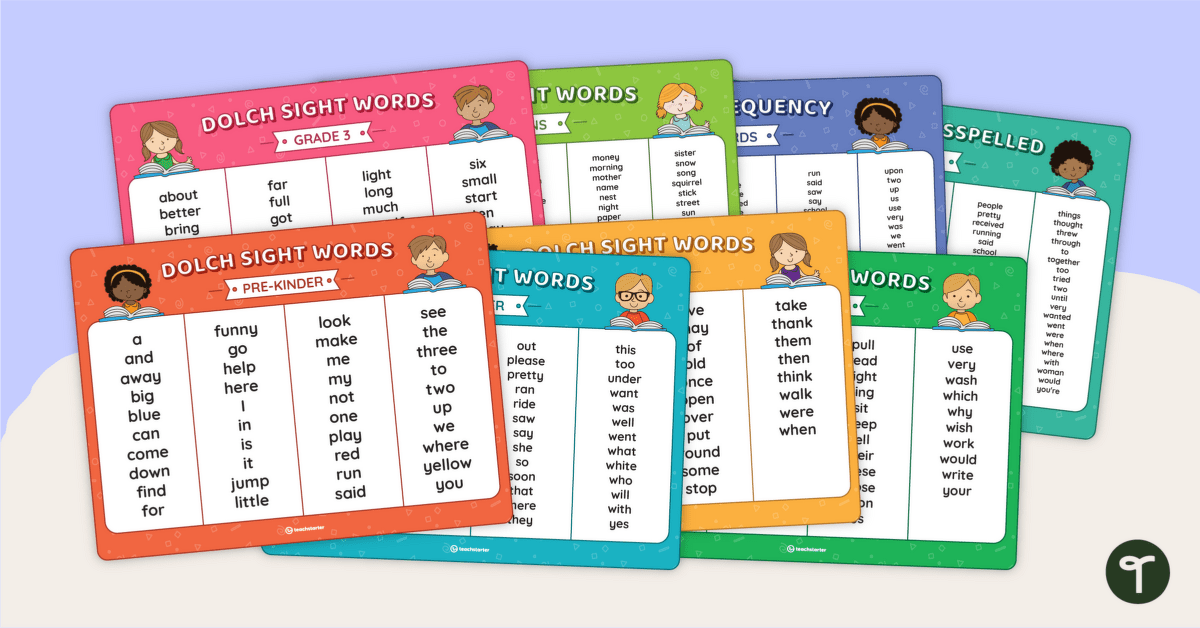

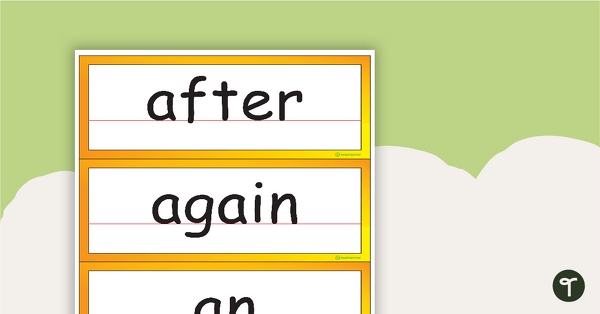
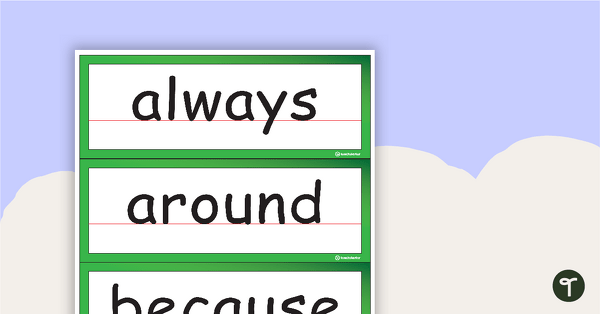
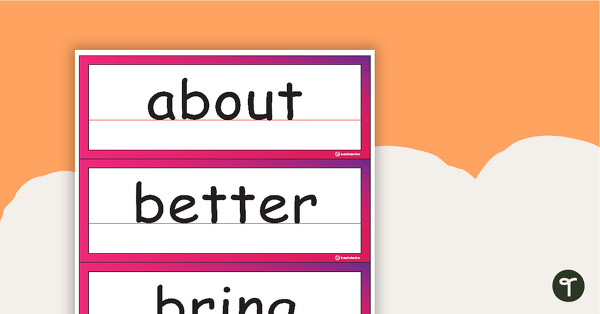
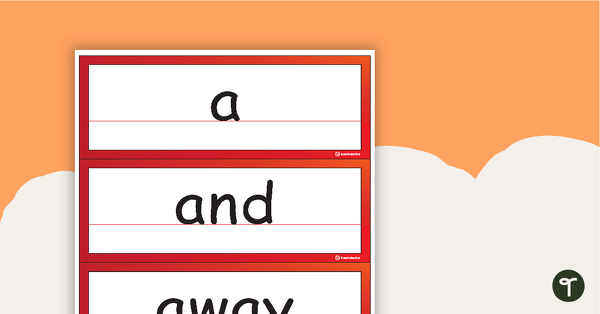
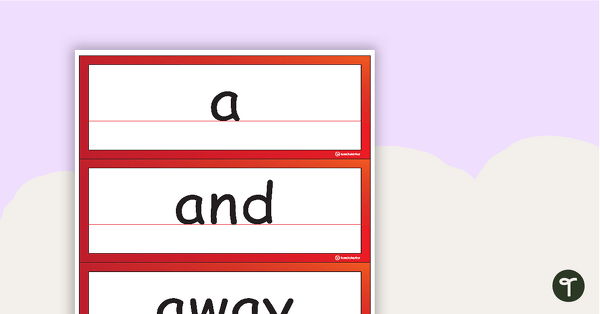
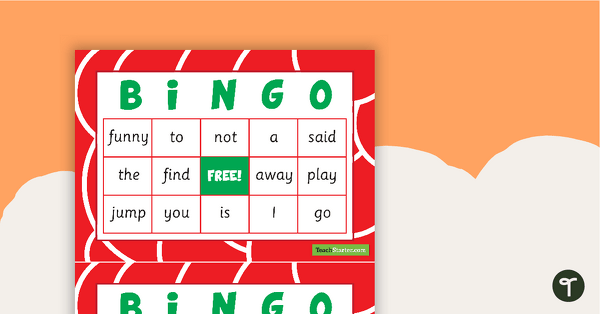
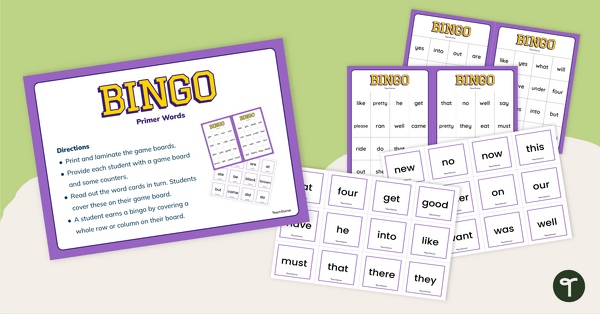
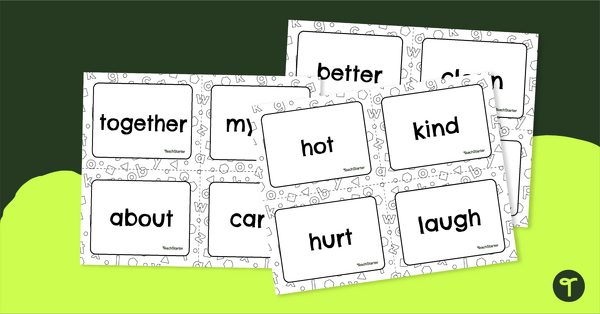
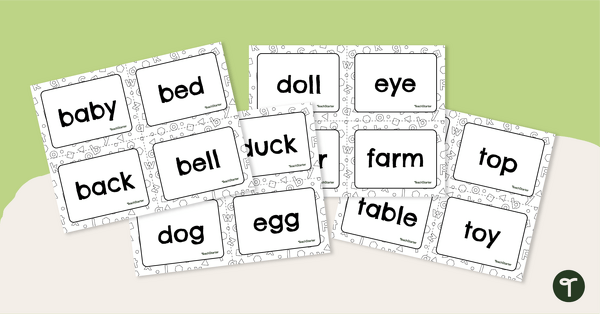
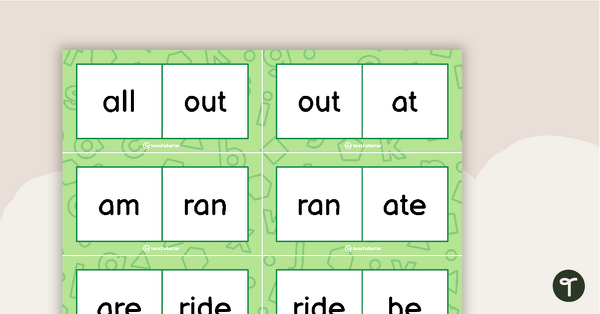
0 Comments
Write a review to help other teachers and parents like yourself. If you'd like to request a change to this resource, or report an error, select the corresponding tab above.